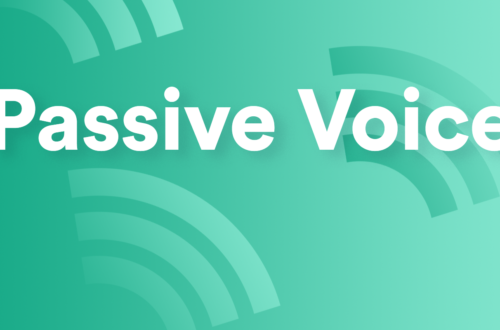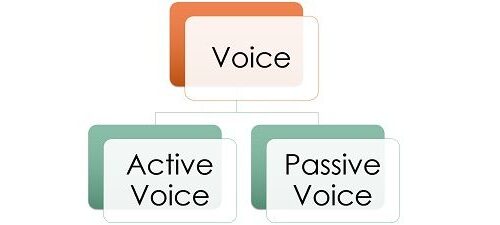This is the third, and final, instalment in our ‘Understanding Verb Forms’ series. We encourage you to catch up on ‘Understanding Verb Forms—Part One’ and ‘Understanding Verb Forms—Part Two’, which cover plain and past tense form, and past participle form respectively.
This article will explain the present participle form of verbs. We also define auxiliary or helper verbs, as they are used alongside present participle verbs.
Present Participle Form
This verb form is fairly straightforward. Present participle is the plain form of the verb, plus the suffix ‘ing’. Mark Treddinick (2008) explains that a present participle ‘combines with the verb to be to make the continuous form of the verb’ (p. 95). Here are some examples of present participles:
talking; walking; singing; eating; stalling; waiting; watching; teaching; catching; swimming
Depending on the auxiliary verb it is used with, it can be in past, present or future tense. Before we go any further, we should explain auxiliary verbs.
Auxiliary Verbs
Auxiliary verbs are also called helper verbs, and they do just that: they help a verb carry its action. Mark Treddinick (2008) says ‘verbs very often do their work in phrases’ (p. 99) and this is where the auxiliary verb comes in.
Let’s reconsider the present participle verbs from the previous example. You can see that they don’t work on their own:
I talking; she walking; they singing
Auxiliary verbs are the helper verbs that allow these present participle verbs to make sense in a sentence:
I was talking; she is walking; they have been singing.
Auxiliary phrases are important for conveying meaning clearly. Treddinick (2008, p. 100) explains:
Auxiliary [verbs] … locate the action in a specific tense … they take on a passive voice; they acquire other kinds of meaning to do with orders of obligation (should, must, needs to) and different degrees of potentiality (can, may, might).
Present Participle Form in Different Tenses
Now that we have an understanding of auxiliary verbs, let’s consider how present participle verbs can be used for different tenses just by modifying the auxiliary.
I am teaching; I was teaching; I will be teaching.
I am running; I was running; I will be running.
You will notice that the present participle doesn’t change, but it can be modified by an auxiliary verb.
Other Uses of Present Participles: The Gerund and Gerundive
Sometimes present participles are paired with a noun, without the need for an accompanying auxiliary. It becomes a sort of compound noun and is called a ‘gerundive’. Some examples of gerundives are:
writing paper, swimming pool, running track, looking glass, hearing test
Sometimes present participles are used as nouns. This is called a ‘gerund’. In the following examples, the present participle has been used as a gerund:
I appreciated her singing.
We watched the swimming on television.
Teaching is a calling.
The present participle can be used to great effect to craft complex sentences, but discussing clause structures here is beyond the scope of this article. Find out more about present participle clause structures and how to avoid the infamous dangling participle in our article, ‘How to Avoid the Dangling Participle’.





